
Beginning 2016, I resolved to do one thing: stop believing in life hacks. The things the Internet tells us will make us better, more efficient humans. From the ‘I Thought I Finally Knew All The ‘Life Hacks’ Out There. But These 23 Proved Me Wrong…’ to the ’37 Essential Life Hacks Every Human Should Know,’ the digital world is awash with quick fixes. Instead, I’ve thought better of it. Turn to history’s most successful people, for example. If they’ve succeeded through trial and error, who am I to ignore their teaching?
So I resolved to learn what I could, whether by studying their works, speeches or styles. Yet what I often missed was how they lived. The day-to-day routines that made up far more of their lives than we witness outside their work. It’s these routines I wanted to learn about and emulate. These are the true ‘life hacks,’ the fundamental principles behind consistent achievement. Because that’s how the sausage is made—the formula for success, as evidenced by history. The daily writing session, the refreshing bath in the Potomac River, or even solitude in the mountains—these were the building blocks. I wanted to learn to make myself better by their example, and importantly, to share it with my readers.
As time goes on and we begin to realize that perhaps success is more a practice rather than a serendipitous streak of luck and privilege, we become increasingly fascinated with what remarkable people do routinely. Interestingly enough, their daily schedules tend to bear striking resemblances. Most wake up early, do their most important work immediately, and then schedule downtime for later in the afternoons and evenings, to reflect and recuperate. Of course, this is not true of every single successful person in existence, but it’s common enough that it warrants exploration. If we aspire to be remarkable, let us not overlook the resource right in front of us: the daily life of those who did it first.

1. **Wolfgang Amadeus Mozart: Finding Time Amidst Life’s Demands**Wolfgang Amadeus Mozart, a name synonymous with musical genius, faced immense pressures beyond his creative endeavors. His life was not a tranquil retreat dedicated solely to composition. When Mozart couldn’t find a wealthy patron or a post with European nobility, he had to hustle relentlessly to make a living. This often meant giving a frantic number of piano lessons, attending, and producing almost daily concert performances, and even visiting wealthy patrons throughout Vienna to win their favor.
Adding to this already overwhelming schedule was the courtship of his future wife, Constantine. With such a demanding existence, one might expect him to allow himself some respite whenever possible. However, to achieve his dreams, Mozart steadfastly refused to let the everyday demands of life obstruct his core purpose. He understood that his artistic calling required unwavering dedication, regardless of his external circumstances.
His routine vividly illustrates this commitment. Arriving home around 11 each night, Mozart composed before allowing himself the luxury of sleep. This meant crashing in bed at 1 a.m., only to rise again promptly at 6 a.m. This intense schedule, sacrificing precious sleep for his art, highlights a profound truth: ‘Life doesn’t bend to your schedule. Find the time.’ His example underscores that true passion and a clear vision for success compel us to carve out moments for our most vital work, even when life presents a barrage of obstacles.
Mozart’s discipline offers a powerful lesson in time management, particularly for those with demanding schedules that threaten to overshadow personal aspirations. He didn’t wait for ideal conditions or a less chaotic period; he actively created the time for his most important work. This involved a deliberate choice to prioritize his creative output, even at the expense of comfort and rest, demonstrating that the pursuit of greatness often necessitates such sacrifices.
For aspiring individuals, Mozart’s story is a compelling reminder that success often hinges on an individual’s ability to locate and utilize slivers of available time. It challenges the common excuse of lacking time, instead proposing that the will to achieve compels one to make time. Identify your non-negotiable goals and fiercely protect the moments you dedicate to them, just as Mozart did with his nightly compositions.
Read more about: 12 Simple Daily Rituals of 12 Famous Figures from the Renaissance: Lessons for Lifelong Success
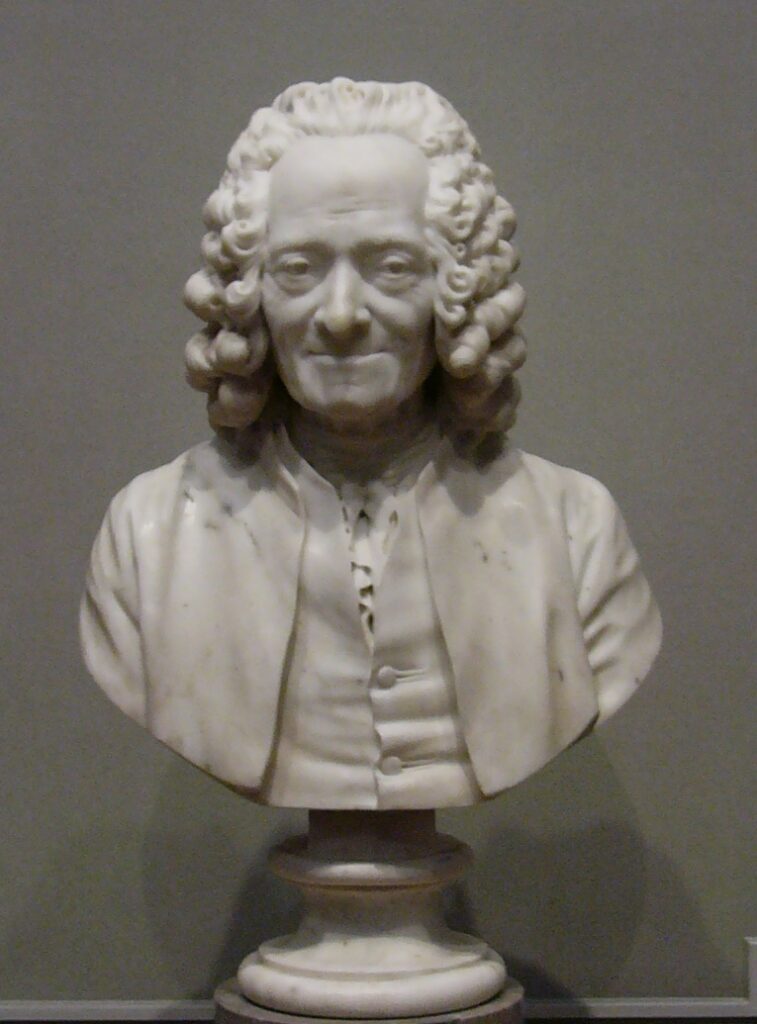
2. **Voltaire: Cultivating Your “Cell” of Concentration**Voltaire, the celebrated French Enlightenment writer and philosopher, pioneered a unique and highly effective work ritual: he often worked in bed. From this unconventional workstation, Voltaire would read and dictate new work every morning and evening. This wasn’t a sign of laziness or indulgence; rather, it was a carefully chosen environment based on its ability to provide ‘solitude and frame of mind.’ His bed became his personal ‘cell’—a sanctuary where he could concentrate on his work without interruption.
This deliberate choice highlights a critical insight: understanding where and how you achieve your deepest focus is paramount. Voltaire intentionally crafted an environment that minimized distractions and maximized his mental clarity. The physical act of retreating to his ‘cell’ signaled to his mind that it was time for intense intellectual engagement, creating a powerful psychological anchor for productivity.
Voltaire’s routine wasn’t entirely monastic, however. Later during the day, he would dress and engage socially, often roaming the grounds on horseback and enjoying meals with family. This balance between intense solitary work and social engagement allowed him to replenish his energy and gain broader perspectives. Yet, every evening, he’d purposefully seal himself back into his ‘cell,’ dedicating himself once more to his craft. He understood the profound value of distinct boundaries between work and leisure.
The philosopher’s remarkable dedication saw him spending ’18 to 20 concentrated hours a day working in the place that worked best for him.’ This astonishing output was a direct result of identifying his optimal work environment and leveraging it consistently. It serves as a testament to the power of environmental design in fostering profound levels of concentration and productivity, far beyond what typical workspaces might allow.
Voltaire’s ritual offers an invaluable lesson for anyone striving for high-level output: ‘Find the place where you work best. Make it your “cell.”’ This doesn’t necessarily mean working from bed, but rather intentionally designing a personal workspace, whether physical or mental, that allows you to enter a state of deep focus. Experiment with different settings, times, and conditions to discover your own ‘cell,’ and then rigorously protect that space and time for your most important creative or intellectual endeavors.
Read more about: 12 Simple Daily Rituals of 12 Famous Figures from the Renaissance: Lessons for Lifelong Success
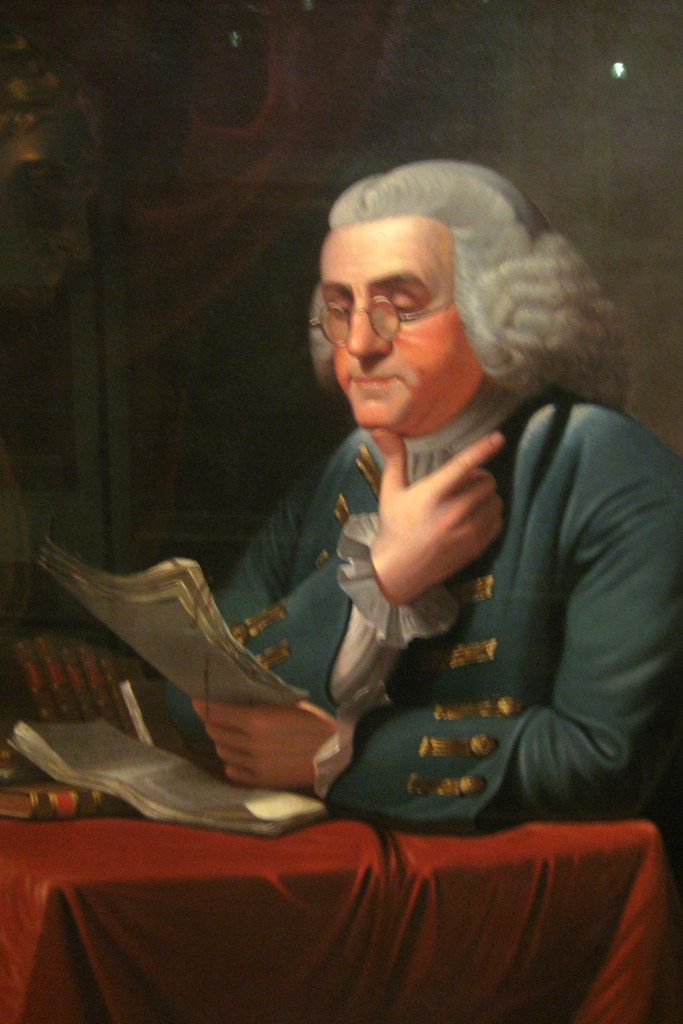
3. **Benjamin Franklin: The Wisdom of Adaptable Routines**Benjamin Franklin, a towering figure of American ingenuity and a proponent of structured living, is famously associated with meticulous routines and an early start to his day. He meticulously documented his own schedule, rising at 4:00 AM to ‘Wake, wash, eat breakfast, think about what he wants to accomplish for the day.’ His mornings then transitioned into a dedicated work block from 8:00 AM to 12:00 PM, followed by lunch and continued work until 5:00 PM, concluding his day with reflection before bed at 10:00 PM. This structured approach to his day laid the groundwork for his prolific achievements.
However, Franklin’s true genius lay not just in establishing a routine, but in his willingness to critically evaluate and adapt it. In his older years, he embarked on an ambitious ’13-week plan to achieve “moral perfection,”’ with each week dedicated to a different virtue. He hoped to instill these virtues as habits through rigid adherence. Yet, after following this course several times, he realized its ‘diminishing returns.’ This keen observation revealed that blind adherence to a rigid schedule could sometimes stifle progress rather than facilitate it.
More importantly, Franklin possessed the rare strength of character to ‘set aside his ego’ and change his well-laid plans. He devised a new schedule, drawing upon his experiences with rigid adherence to virtue, which dropped ‘the minute-by-minute scheduling’ and explicitly allowed ‘creativity to arise.’ This adaptability is a powerful testament to his practical wisdom: recognizing when a system, even a well-intentioned one, ceases to serve its purpose and having the courage to evolve it.
Till his dying days, Franklin would ‘continue to tinker with his ideal schedule,’ always ensuring he would ‘allow for creativity to inspire going forward.’ This continuous refinement, rather than a fixed approach, underscores a dynamic understanding of personal productivity. It teaches us that routines should be tools that serve our goals, not masters that dictate our every move, especially when flexibility can unlock greater creative potential.
Franklin’s enduring lesson is profoundly relevant in our fast-paced world: ‘Don’t be afraid to deviate from your schedule.’ While structure provides a crucial foundation, true mastery lies in knowing when to adjust, experiment, and allow for the organic flow of new ideas. Consider taking a moment, like Franklin, to ‘focus on what you’d like to accomplish for the day before it begins’—this sets an intention. But also, embrace the fluidity required to let inspiration guide you, rather than being bound by an outdated plan.

4. **Jane Austen: Conquering Distractions with Ingenuity**Jane Austen, one of literature’s most beloved novelists, never enjoyed the luxury of a quiet, dedicated writing studio. Throughout her life, she lived in bustling houses filled with family members and constant activity, never married. Yet, remarkably, she ‘never let the near constant distractions deter her.’ Her ability to not only cope but thrive in such environments offers invaluable lessons for anyone struggling to find focus amidst daily chaos.
Austen’s strategy began early in the day. Rising before anyone else, Jane meticulously organized the family breakfast every morning. This seemingly domestic chore was, in fact, a calculated maneuver. It would be her ‘sole, but necessary, contribution to the household,’ a task she ‘designed herself to feign acquiescence from her sister, and buy precious time to write.’ By fulfilling this essential household duty efficiently, she secured a window of uninterrupted time for her true passion.
After completing her breakfast duties ‘in a flash,’ she would then have time to think and write in the sitting room. This precious period was often the ‘only time she could write away from prying eyes,’ although distractions were still common. Her profound dedication even led her to ‘scribbl[e] on small bits of paper when others weren’t looking,’ driven by an ‘intense fear of reproach.’ She did not want others to know that she authored stories, adding another layer of complexity to her already challenging routine.
This discreet, often clandestine, writing routine would continue until visitors turned up or dinner was served at 3 p.m. The rest of her evening would typically be ‘lost reading aloud from novels,’ with Jane patiently ‘waiting till the next day to continue her work.’ Her resilience in the face of such intermittent and often interrupted creative sessions is truly inspiring, demonstrating a deep well of internal discipline and commitment to her craft.
Austen’s enduring ritual teaches us a powerful lesson: ‘Distractions are no excuse. Learn to cope.’ Her story proves that even in the most unideal circumstances, creative work is possible when there is a strong enough will. For us today, this means developing a heightened awareness of potential distractions and proactively devising strategies to mitigate them, even if it means unconventional methods. It encourages us to find our own ‘small bits of paper’ and carve out those essential moments for focused work, regardless of our environment.


5. **Thomas Mann: The Power of the Dedicated Work Block**Thomas Mann, the Nobel Prize-winning German novelist, possessed a profound understanding of his own peak productivity. He recognized that his ‘most productive hours of the day were from 9 a.m. to noon,’ and with this insight, he meticulously ‘designed his day according.’ This self-awareness allowed him to optimize his schedule, rather than simply letting his day dictate his work. His ritual provides a clear blueprint for maximizing creative output through intentional structuring.
His morning routine was a precise prelude to his most important work. After waking at 8 a.m., Mann would bathe, dress, and enjoy a cup of coffee with his wife. This initial period was ‘free of distraction or decision making,’ serving to ‘prime his mind for a day’s work.’ By minimizing choices and external interruptions during this preparatory phase, he ensured that his mental energy was fully conserved and directed towards the upcoming creative endeavor.
Following this careful preparation, Mann would ‘shut himself away for those three hours, strictly forbidding distraction.’ During this sacred block of time, he worked ‘feverishly,’ placing ‘tremendous pressure on getting things on paper during those hours.’ This intense focus and self-imposed deadline ensured that he extracted maximum value from his most productive mental state, treating his dedicated work block with the utmost seriousness and commitment.
Crucially, Mann’s approach meant that ‘anything after noon would have to wait till the next day.’ Once his intense work session was complete, his ‘work day complete though, he felt free to let his mind and time wander the rest of the day.’ This distinct separation between intense, focused work and guilt-free relaxation allowed him to fully recharge, preventing burnout and ensuring he was fresh for the next day’s session. It highlights the importance of not just working hard, but also knowing when to strategically disengage.
Thomas Mann’s ritual offers a clear, actionable takeaway: ‘Set a time for concentrated work.’ The insight here is to identify your personal peak hours—those times when your mental faculties are sharpest and your focus is strongest. Once identified, rigorously protect these blocks of time, eliminate all potential distractions, and dedicate them exclusively to your most demanding and important tasks. By doing so, you can dramatically enhance both the quality and quantity of your output, just as Mann did.
Read more about: 12 Simple Daily Rituals of 12 Famous Figures from the Renaissance: Lessons for Lifelong Success
.jpg)
6. **Karl Marx: The Unyielding Pursuit of a World-Changing Goal**Karl Marx, the influential philosopher and economist, dedicated his entire existence to a revolutionary struggle, a commitment that profoundly shaped his daily rituals. As a political exile in London, his life was one of profound dedication to his monumental work, *Das Kapital*. Although he aimed to write three volumes of this masterpiece, he would ultimately complete only one. Yet, his ‘drive to complete even the sole work proved exemplary,’ serving as a powerful testament to the force of an unyielding purpose.
Marx’s work ethic was nothing short of relentless. He toiled ‘at a fever pitch in the British Museum reading room from 9 to 7 daily.’ This staggering dedication of ten hours a day, every day, illustrates a man utterly consumed by his mission. He was not merely working; he was channeling every ounce of his being into the intellectual labor required to articulate his profound and revolutionary theories, setting an incredibly high bar for commitment.
His journey was fraught with immense personal suffering and sacrifice. Marx endured ‘frequent attacks due to liver disease, boils and eye inflammation,’ yet he persevered. He even ‘sacrific[ed] his entire fortune and life to the completion of his work.’ This level of personal cost, borne without complaint, reveals a man whose commitment transcended personal comfort or gain, focused solely on the monumental task he set for himself.
Marx’s ultimate aspiration was clear: ‘The man wanted to complete something that would change the world.’ This powerful, overarching goal served as the engine for his unwavering discipline. He was willing to spend ‘two decades of suffering to do it,’ demonstrating that true purpose can sustain individuals through prolonged periods of hardship and self-denial. His life is a stark illustration of the power of a singular, profound ambition.
The profound lesson from Karl Marx’s life and work ritual is simple yet incredibly challenging: ‘Have a goal—die trying.’ It compels us to identify a purpose so compelling, so significant, that it can drive us through immense difficulties and sustain us over decades. It’s about committing to a vision with a depth of passion that renders personal discomfort secondary. This unwavering dedication to a ‘world-changing’ goal, even if it demands immense personal sacrifice, is a hallmark of truly remarkable achievement.
Part 2: The Power of Persistence and Personalization: Examining the unique routines of six more iconic individuals, highlighting their approaches to sustaining discipline, embracing inspiration, tracking progress, and personalizing their habits to achieve their long-term goals and leave a lasting impact.
Read more about: 12 Simple Daily Rituals of 12 Famous Figures from the Renaissance: Lessons for Lifelong Success
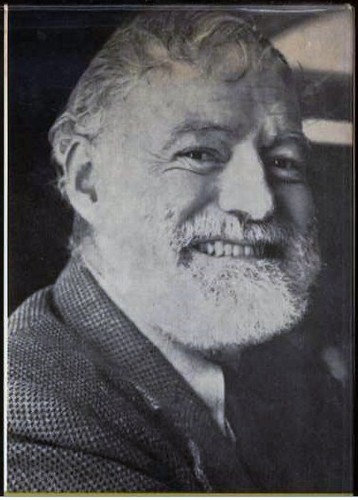
7. **Ernest Hemingway: The Discipline of Tracking Output**Ernest Hemingway, a man often associated with a life of passion and adventure, possessed a surprisingly rigid discipline when it came to his work. Despite previous night’s indulgences, he would rise with the first light, embracing the quiet hours before others stirred. It was during this sacred time that he meticulously drafted his stories in longhand, often only transitioning to the typewriter once the creative flow was well established.
What truly set Hemingway apart was his unwavering commitment to accountability. After pouring his thoughts onto the page, he would review his daily word count, demanding precise numbers of his output. He harbored no illusions about his productivity, insisting on a clear, quantifiable measure of his progress. This rigorous tracking ensured he remained honest with himself, fostering a consistent work ethic that amateurs often lack.
Once satisfied with his day’s achievement, Hemingway felt a profound sense of liberation. He was free from what he called ‘the awful responsibility of writing,’ allowing his mind to disengage and recoup from many hours of intense creative labor. This deliberate separation between demanding work and guilt-free rest was crucial for sustaining his prolific career, preventing burnout and nurturing his capacity for future inspiration.
Hemingway’s ritual offers a powerful, actionable insight: ‘Keep track of your output—kidding yourself is for amateurs.’ For anyone striving for consistent achievement, honest self-assessment of productivity is non-negotiable. Whether it’s words written, tasks completed, or hours dedicated, measuring your effort provides the objective data needed to identify patterns, improve efficiency, and build unshakeable confidence in your progress.
Read more about: 12 Simple Daily Rituals of 12 Famous Figures from the Renaissance: Lessons for Lifelong Success
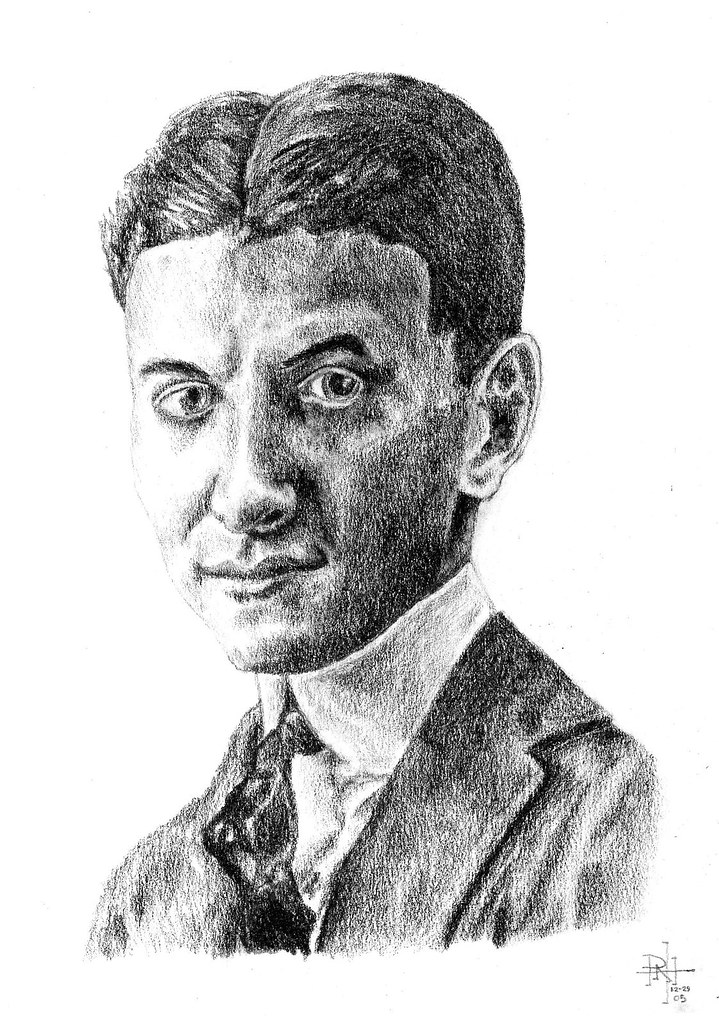
8. **F. Scott Fitzgerald: The Power of Productive Constraints**F. Scott Fitzgerald’s journey as a writer presents a fascinating dichotomy: a stark contrast between periods of intense productivity and phases of regrettable aimlessness. At just 21, as a Princeton dropout, he rapidly penned his 120,000-word debut novel, *This Side of Paradise*, in a mere three months. Yet, in later years, he notoriously struggled, often blowing past deadlines and failing to deliver on promises.
The profound difference in his output stemmed directly from his environment. Just before writing his first book, Fitzgerald enlisted in the Army, finding himself under rigid time constraints as a private. He began scribbling notes on a hidden pad within an army textbook, and later, after being discovered, committed to specific, intensive writing blocks—1 p.m. to midnight on Saturdays and 6 a.m. to 6 p.m. on Sundays. These external pressures unexpectedly sharpened his focus and fueled his creativity.
Without such rigid boundaries in his later career, Fitzgerald often found himself adrift, turning to alcohol for a false sense of inspiration and procrastinating to create artificial pressure. His story serves as a cautionary tale: while freedom can be appealing, unchecked liberty can sometimes lead to a lack of direction and diminished output. He needed the structure to thrive.
Fitzgerald’s experience delivers a clear message: ‘Time constraints sharpen the mind.’ For many, imposing deliberate limitations on time, resources, or even creative choices can paradoxically unlock greater productivity and innovation. Don’t shy away from self-imposed deadlines or structured work blocks; they can be the catalysts that transform vague aspirations into tangible achievements, preventing the aimless drift that plagued Fitzgerald.
Read more about: 12 Simple Daily Rituals of 12 Famous Figures from the Renaissance: Lessons for Lifelong Success
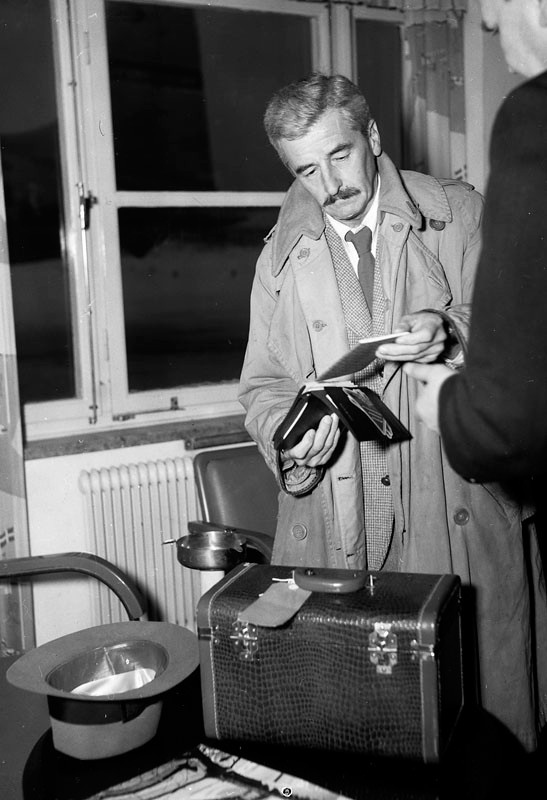
9. **William Faulkner: There Is No Ideal Environment**William Faulkner, a towering figure in American literature, defied the notion of needing a pristine, perfectly curated workspace to produce his masterpieces. His writing locations were as varied and unconventional as his narratives. He penned stories late at night while managing a university power plant, in the mornings before dedicating his afternoons to renovating his dilapidated family estate, and even discreetly within the town library, once famously taking the doorknob home to symbolically ‘lock’ the door against interruptions.
Faulkner’s life was inherently chaotic, and he embraced this reality rather than fighting it. He had no use for discriminating where or when he wrote, understanding that the pursuit of an ‘ideal’ environment was a luxury he couldn’t afford and didn’t need. His ability to adapt, to simply make do with the circumstances at hand, speaks volumes about his profound commitment to his craft.
The rest of his days were a blend of work and relaxation, often concluding with a glass of whiskey on the porch. This practical approach allowed him to integrate his intense creative sessions into a busy, imperfect life. He prioritized the act of writing itself over the aesthetics of the setting, proving that true dedication transcends external conditions.
Faulkner’s ritual offers an invaluable lesson: ‘There is no ideal environment to work in.’ Waiting for perfect conditions is often a sophisticated form of procrastination. Instead, cultivate the mental fortitude to work wherever you are, with whatever tools you have. Embrace the imperfections of your surroundings and let your internal drive be the ultimate catalyst for your creative and productive output.
Read more about: 12 Simple Daily Rituals of 12 Famous Figures from the Renaissance: Lessons for Lifelong Success

10. **Charles Darwin: Guard Your First Draft With Your Life**Charles Darwin faced an extraordinary challenge: his radical theory of evolution by natural selection was poised to shake Victorian society to its core, risking immense personal and social disgrace. Rather than rushing to publish, Darwin embarked on a strategic, patient, and methodical course to fortify his standing and ensure his work was irrefutable.
For 17 painstaking years, Darwin dedicated himself to bolstering his credentials within the scientific community. He became a renowned expert on barnacles, publishing comprehensive works that earned him a Royal Medal. This commitment to ‘secondary goals’ wasn’t a diversion; it was a deliberate strategy to build an impeccable scientific reputation, making him an authority no one could easily refute when he eventually unleashed his groundbreaking theory.
During this extended period, Darwin shared his revolutionary ideas with only a sacred few, protecting his ‘first draft’—his core theory—from premature scrutiny and potential dismissal. He understood that the power of his argument rested not just on its content, but on the unassailable credibility of its presenter and the robust evidence he meticulously accumulated.
Darwin’s approach provides a profound lesson: ‘Guard your first draft with your life.’ When pursuing a truly impactful or potentially controversial idea, strategic patience and the diligent building of authority are paramount. Take the time to solidify your position, gather irrefutable evidence, and cultivate an environment where your work can be received with the respect it deserves, rather than being rushed into the world prematurely.
Read more about: 12 Simple Daily Rituals of 12 Famous Figures from the Renaissance: Lessons for Lifelong Success

11. **James Joyce: The Imperative of Finishing**James Joyce, for all his personal struggles with drinking, procrastination, and financial instability, left an indelible mark on literary history with his monumental masterpiece, *Ulysses*. Despite a life often marked by debt collectors at his door and an uncertain income from sporadic piano and English lessons, his commitment to his great work was unwavering.
Joyce found a unique way to integrate his social life into his creative process. His nightly bouts with friends in bars, far from being pure indulgence, served as a means to clear his mind, preparing it for the next day’s writing. This unconventional ritual allowed him to maintain a routine that, despite its apparent chaos, consistently fed his artistic endeavor.
The sheer scale of his dedication to *Ulysses* is astonishing. He estimated spending 20,000 hours over seven years on the book. This relentless, plodding effort, day after day, through personal turmoil and external pressures, ultimately cemented his legacy. It was this singular focus on completion that transformed a challenging, often dysfunctional life into one of profound artistic achievement.
Joyce’s life imparts a critical lesson for any ambitious pursuit: ‘Finish.’ Regardless of one’s personal flaws, external circumstances, or the daunting nature of a project, the true measure of success often lies in the relentless drive to complete what you start. His story reminds us that persistence, even in the face of immense challenges, is the ultimate key to transforming potential into a lasting impact.
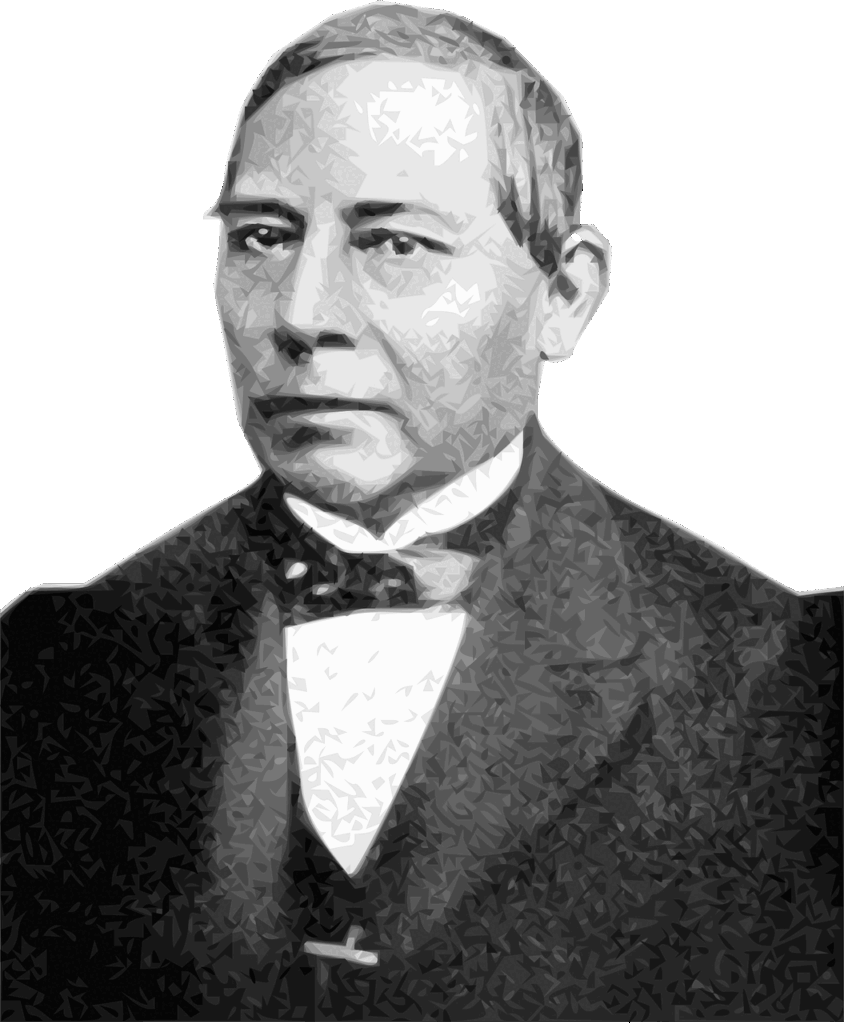
12. **Pablo Picasso: Stay in the Zone, Whatever It Takes**Pablo Picasso, the legendary artist, was known for an intense and almost anti-social devotion to his craft during his working hours. After a late start to his day, he would shut himself in his studio around 2 p.m., often working without interruption until dusk. Friends and family were left to their own devices, understanding that during these periods, his focus was absolute.
Emerging from his studio, Picasso was often silent, rarely uttering a single word unless company specifically demanded it. His long-term girlfriend, Fernande, often attributed his foul moods to a bad diet. In reality, Picasso never wanted to break his profound concentration. He understood the fragile nature of his creative ‘zone’ and fought relentlessly to remain within it, even at the cost of social pleasantries or perceived anti-social behavior.
Once immersed, Picasso could stand and work for three or four hours without fatigue, an incredible testament to the power of deep, uninterrupted focus. This ability to fully immerse himself, fighting like hell to stay in the zone regardless of family obligations or social expectations, was a cornerstone of his prolific output and groundbreaking artistic evolution.
Picasso’s ritual offers a crucial takeaway: ‘Stay in the zone, whatever it takes.’ Protecting your periods of deep work and intense concentration is paramount for high-level creative and productive output. Learn to identify when you are in your most focused state and fiercely guard that time, minimizing all potential interruptions. This intentional commitment to uninterrupted flow can dramatically elevate the quality and quantity of your work.
As we delve into the routines of these remarkable figures, a common thread emerges: success is rarely a stroke of luck, but rather a cultivated practice. From Hemingway’s honest tracking of output to Picasso’s unwavering commitment to his creative zone, these individuals personalized their approaches to sustain discipline, manage inspiration, and steadfastly pursue their goals. Their lives serve as powerful blueprints, reminding us that by understanding and adapting such purposeful habits, we too can unlock our fullest potential and leave our own lasting impact.



